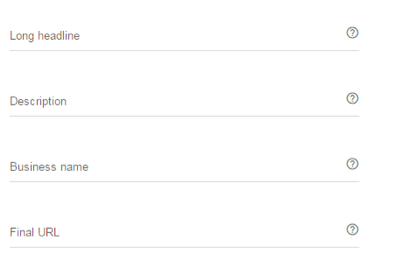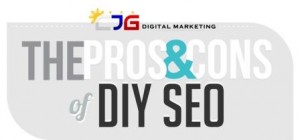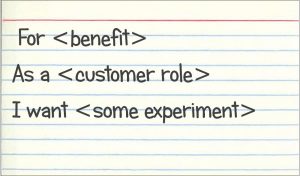Responsive ads have been available for a while, but many advertisers have yet to take advantage of this ad format and its powerful features. However, as of January 31st, Google no longer allows Google Display Network (GDN) standard text ads to be edited or created. If you’re currently running standard text ads on the GDN, you should definitely start implementing responsive ads.
Here are three key reasons why you should incorporate responsive ads in your account.
1. Increase Your Reach
Responsive ads automatically adjust to various sizes to fit available ad space across the GDN. By providing AdWords with a few key ad elements, AdWords will automatically generate your ad to fit available inventory. Responsive ads can have the appearance of text ads, image ads, and even native ads. They’ll even adjust to different devices, which can greatly increase your reach given mobile’s popularity.
With the increase in potential reach, it’s important to closely monitor account performance. While being able to increase exposure on native and mobile placements is a great way to expand your reach to the targeted audience on more sites, this also means there could be an uptick in accidental or unqualified clicks. If you notice a decline in conversion rates, this could indicate a need to optimize with placement exclusions and device bid modifications.
2. Save Time & Money
Historically, GDN advertisers would need to create banner ads in various sizes and formats to reach their targeted audiences across the web. There are number of available ad sizes and types across the GDN, and creating unique ads for each could be a daunting task. This would typically require a designer to create and reconfigure banner ads in various sizes. From a design resource perspective, this could be time-consuming and expensive.
Responsive ads solve this problem! With responsive ads, designers only need to supply a couple images and AdWords will automatically adjust the size, appearance, and format to fit available ad spaces.
3. Easy to Set Up
Setting up responsive ads is a quick and easy process that takes place directly in the AdWords UI. Advertisers simply enter desired text and images and AdWords handles the rest.
To create a responsive ad, you’ll need a headline, description, images, logo, and landing page. Note that responsive ads don’t support animated images, and images can’t contain more than 20% text. Here’s what the responsive ad builder looks like within AdWords:

It’s important to keep in mind that AdWords won’t necessarily include all of the above ad elements for each ad format. For instance, sometimes Google creates a responsive ad that doesn’t include the image. Be sure to check out the ad preview link to see a few examples of what your ad will look like in various sizes and formats to determine if you should make any adjustments.
Easy as 1, 2, 3
Upgrading to responsive ads is easy to implement and provides several added benefits to GDN campaigns. The easy setup and increased flexibility can save time, money, and resources. Start testing responsive ads in your account to expand reach to your targeted audience, but be sure to monitor performance and watch for invalid clicks to avoid hurting your conversion rate.
Business & Finance Articles on Business 2 Community(65)
Report Post






